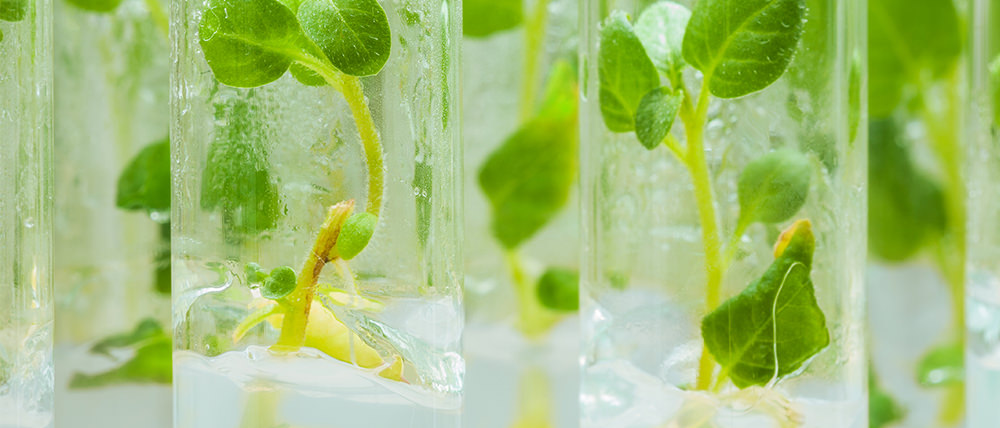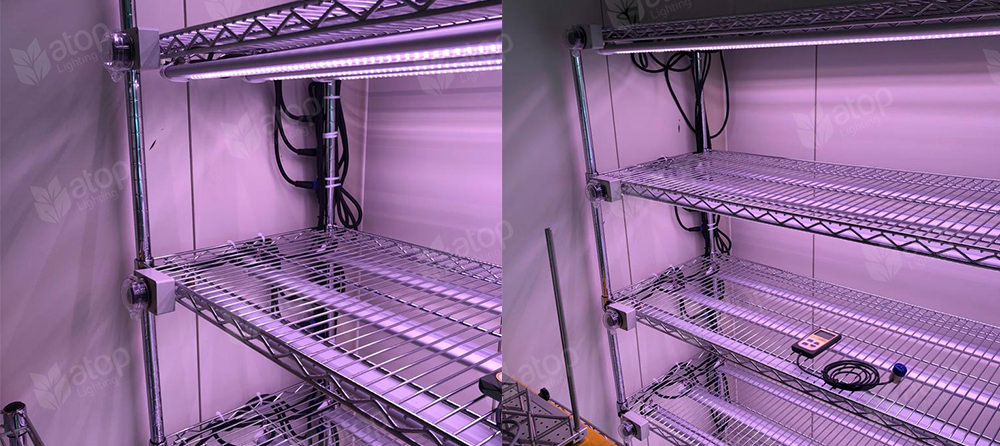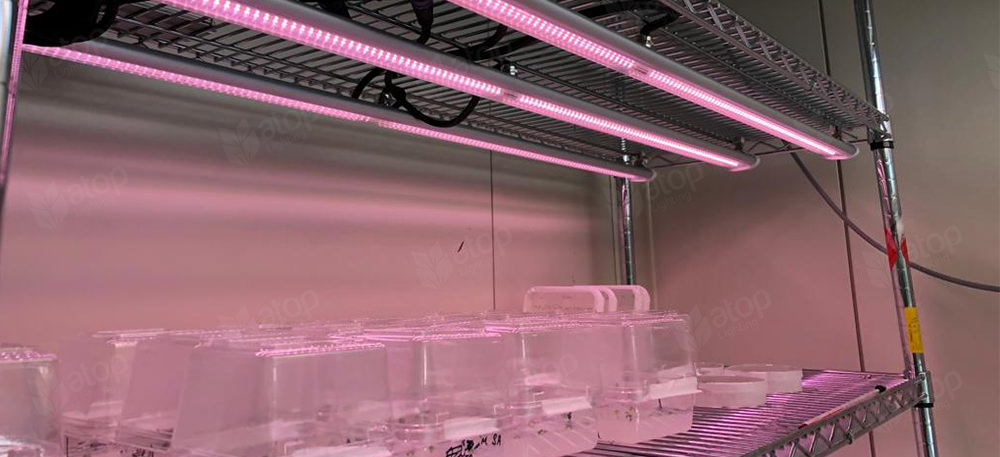Scaling Up Tissue Culture Operations with the Power of Light
Tissue culture is a widely used technique for propagating high-quality plants in horticulture. It involves growing plant cells, tissues, or organs in a sterile environment, under controlled conditions. Tissue culture can offer many benefits, such as rapid propagation, disease-free plants, and producing large quantities of uniform plants. However, scaling up tissue culture from small lab trials to full-scale commercial operations comes with real challenges.
One of the key factors that can influence the success of tissue culture is light. Now, precision-engineered LED horticulture lighting bathe cultures in tailor-made spectra, coaxing them to flourish with unheard-of speed and efficiency.
If you are interested in learning more about tissue culture and lighting, and how it can help you grow your horticulture business, read on.
Challenges of scaling up tissue culture operations
Tissue culture is a powerful technique for replicating plants on a grand scale. However, scaling up tissue culture operations can be a daunting task for any horticulture business. Traditional tissue culture methods, although effective on a smaller scale, often fall short when it comes to large-scale production. Several key challenges arise when attempting to expand tissue culture operations, hindering efficiency and productivity.
One of the primary challenges is maintaining precise environmental conditions. Tissue culture requires strict control over factors such as temperature, humidity, and light. Achieving uniformity across a larger production area becomes increasingly complex, as small variations in environmental conditions can have a significant impact on tissue culture success rates.
Another challenge is the limited space. Tissue culture requires a lot of space to accommodate the growing containers, the lighting systems, and the sterile equipment. Finding enough space to scale up the production can be difficult, especially in urban areas or in regions with limited land availability.
Additionally, tissue culture can be an expensive technique, as it involves the use of specialized media, chemicals, equipment, and labor. Reducing the production costs while maintaining the quality and quantity of the plant material can be a challenge, especially in a competitive market.

Benefits of optimized lighting
Unlike whole plants in greenhouses, tissue cultures lack complex photosensory systems and rely on artificial lighting for all their growth needs. Light is one of the most important environmental factors that influence plant growth and development in tissue culture.
Optimized LED lighting that is typically engineered for tissue culture enhances productivity and quality. Precision-engineered LED systems have emerged as the new possibility of growth, bathing tissue cultures in a symphony of precisely crafted wavelengths, each one triggering a specific developmental response. Some of the benefits of optimized lighting for tissue culture are:
Better quality and higher survival rate in rooting
Optimized lighting can enhance the root formation and development of tissue culture plants, as well as reduce the stress and damage during the acclimatization phase. This can increase the survival rate and quality of the plant in the greenhouse or field.
Improved propagation process
Optimized lighting can speed up the growth and development of tissue culture plants, as well as increase the multiplication rate and the number of shoots per plant. This can shorten the total growth cycle and increase the production capacity of your tissue culture operations.
Disease prevention and pest control
Proper lighting can contribute to disease prevention by creating an unfavorable environment for pathogens, such as bacteria and fungi. Additionally, certain light spectra can deter pests, reducing the risk of infestations and the need for chemical interventions.
Flexibility and customization
With horticulture lighting, growers have the flexibility to create customized light recipes tailored to specific plant species or growth stages. This adaptability allows for precise control over growth parameters, promoting desired traits and optimizing tissue culture success rates.
How light affects tissue culture growth and development
Light affects various aspects of plant physiology, such as photosynthesis, metabolism, and hormone regulation. Therefore, choosing the right light source, intensity, and duration can make a huge difference in the efficiency and quality of tissue culture.
Different types of photoreceptors are responsible for perceiving the quantity and quality of light, the direction, and the day length. These photoreceptors trigger different light signaling pathways that regulate the expression of genes involved in plant development.
For example, red and far-red light, perceived by phytochromes, can affect the shoot and root organogenesis, the acclimatization, and the flowering of tissue culture plants. Blue and ultraviolet light, perceived by crytochromes and phototropins, can affect the callus induction, chlorophyll synthesis, and the stomatal opening of tissue culture plants.
During the multiplication stages, brightness directly impacts shoot and root growth. Spectrum is also critical. Tissue cultures are typically grown under broad spectrum white light, but tailored wavelengths can enhance outputs. In transition phases, managing the photoperiod manipulated development.
Case studies
At Atop, we provide customized LED lighting solutions to help tissue culture labs thrive. Our LED grow lights are designed to provide the exact spectrum, intensity, and coverage each tissue culture application demands. By leveraging lighting technology accurately tailored to plant needs, tissue culture labs can drive productivity, quality, and profitability. And then they can scale up their business.
Case study 1:
A tissue culture lab needed optimized lighting for plant propagation. We designed a solution using three of our 50W grow tubes. The fully adjustable 0-10V dimming provided flexibility to tailor the light intensity.
The results? Our customer achieved excellent root development and plant growth.

Case study 2:
Our customer required consistent, uniform lighting across multiple shelves for growing microgreens. We outfitted each shelf with three 75W grow tubes to ensure balanced light distribution. The tailored spectrum facilitated healthy, rapid growth of the microgreens.

Interested in a lighting solution for your tissue culture lab? Our experts are ready to assess your needs and design a custom LED system to help your business thrive.
Contact us now.

